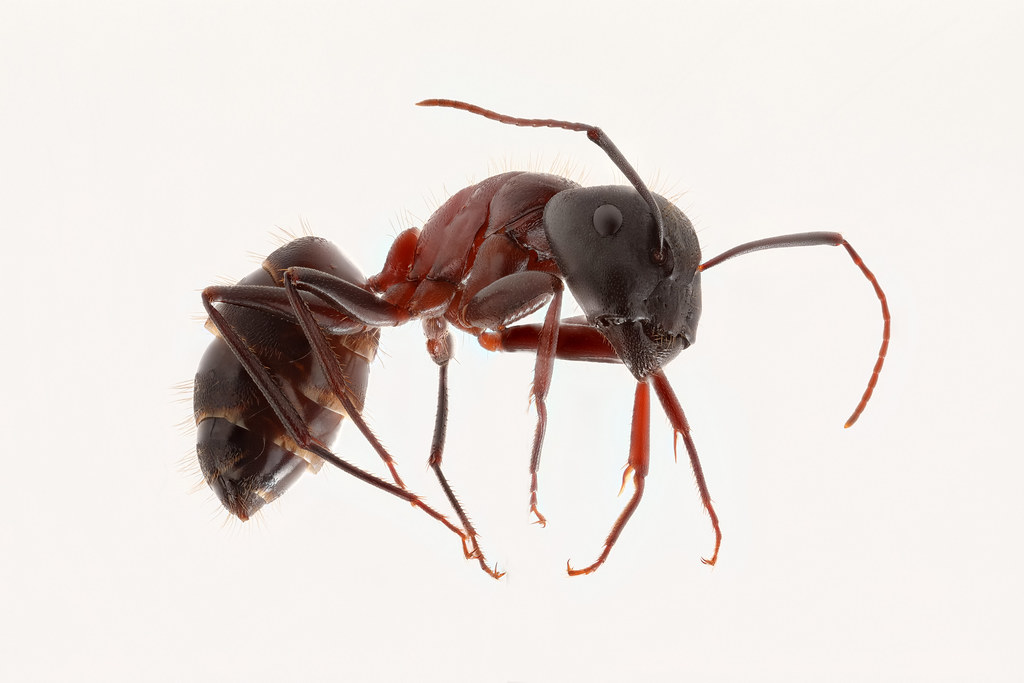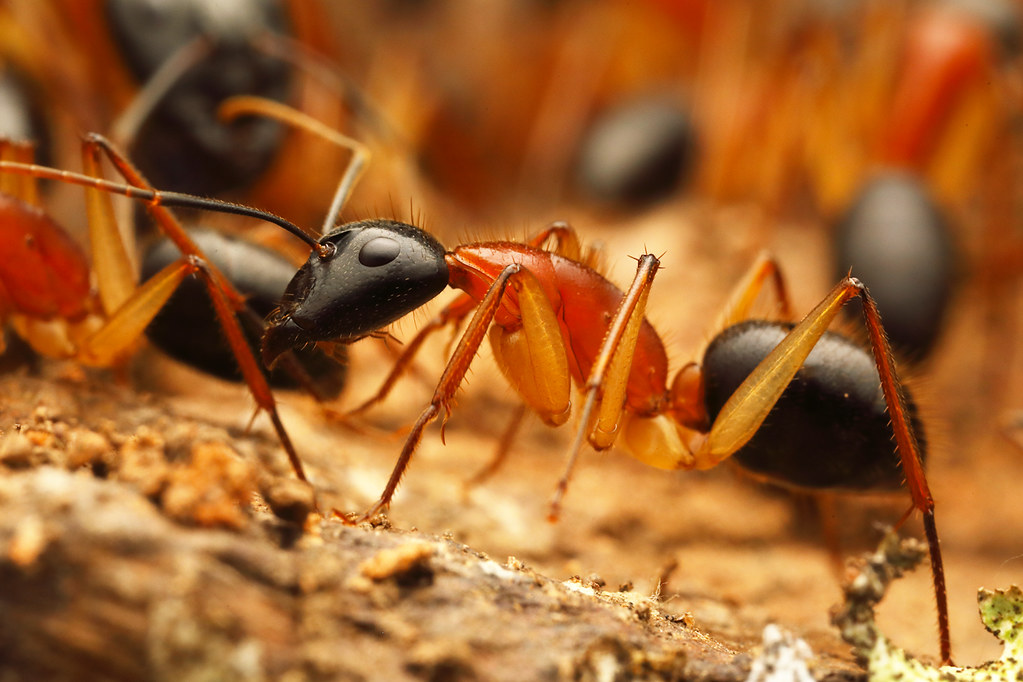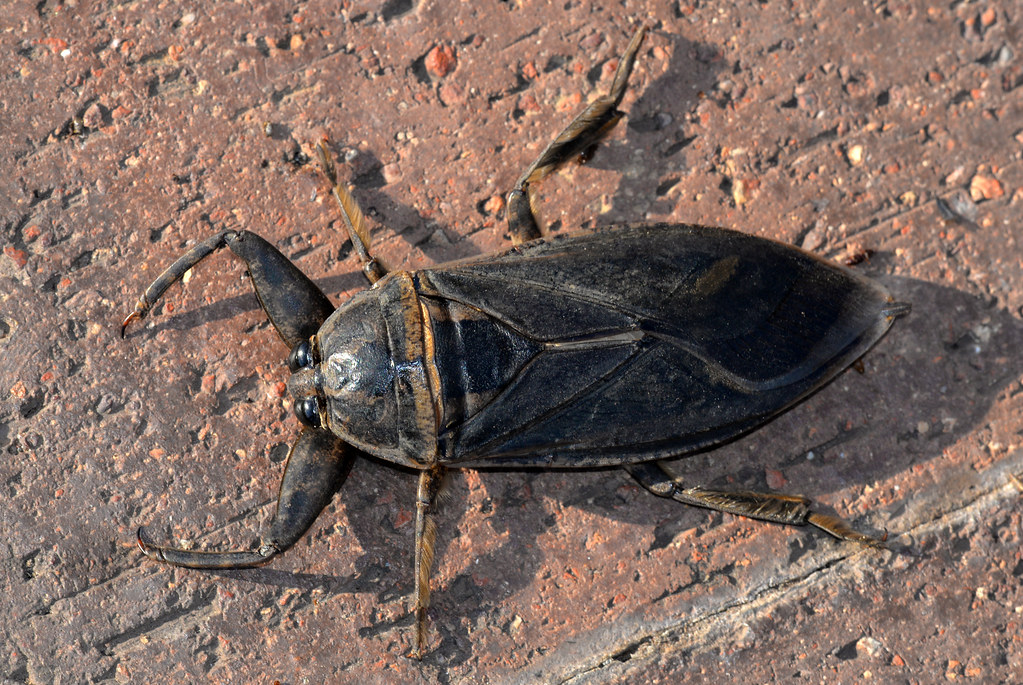What are ticks?
Ticks are popular pet insects in the US. They can be found in various colours, including brown, black, and red. Ticks are parasites that feed on the blood of mammals, reptiles, and birds. Most ticks go through four life stages: egg, larva, nymph, and adult.
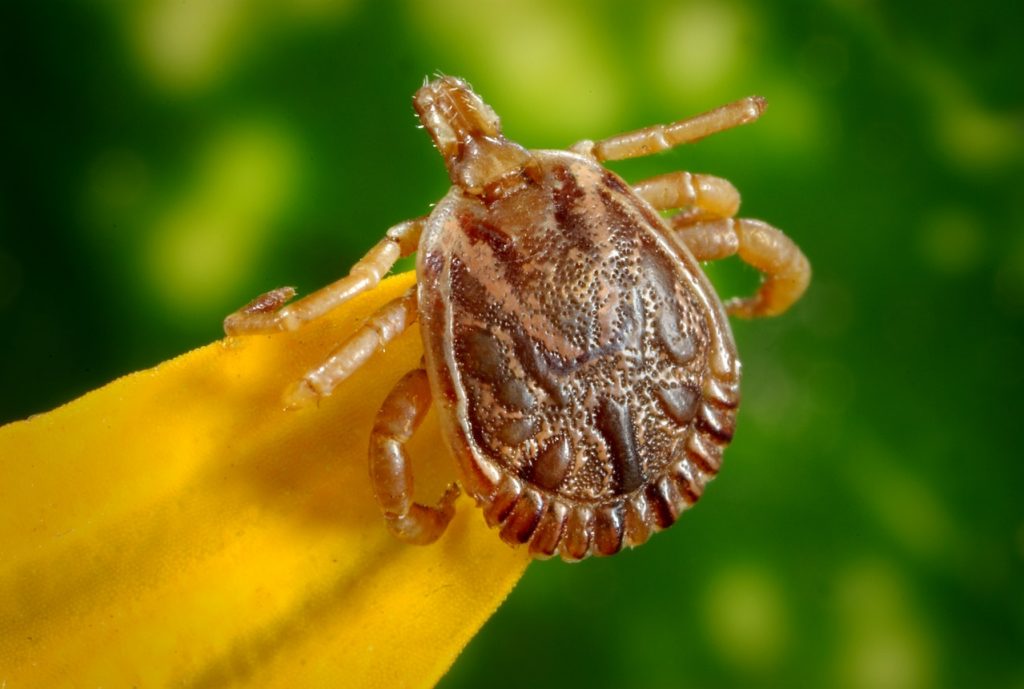
Ticks are born from eggs that have been laid by female ticks. The eggs hatch into larvae, attach to a host and begin feeding. Over time, the larva will moult into a nymph. Nymphs are similar to adults in that they both attach to hosts and feed on their blood; however, nymphs are much smaller than adults. Finally, the nymph will moult one last time into an adult tick. Both male and female adults will feed on blood; however, only female adults will lay eggs.
Ticks can transmit several diseases to their hosts via their bites. Lyme disease is perhaps the best-known of these illnesses; however, Rocky Mountain spotted fever and tularemia are also severe conditions that can be contracted from ticks.
What are bed bugs?
Bed bugs are small, flat, parasitic insects that feed solely on the blood of people and animals. They are reddish-brown in colour, wingless, and range from one to seven millimetres in length. Bed bugs have piercing/sucking mouthparts that allow them to draw blood from their host. They typically bite people during the night while they are sleeping.
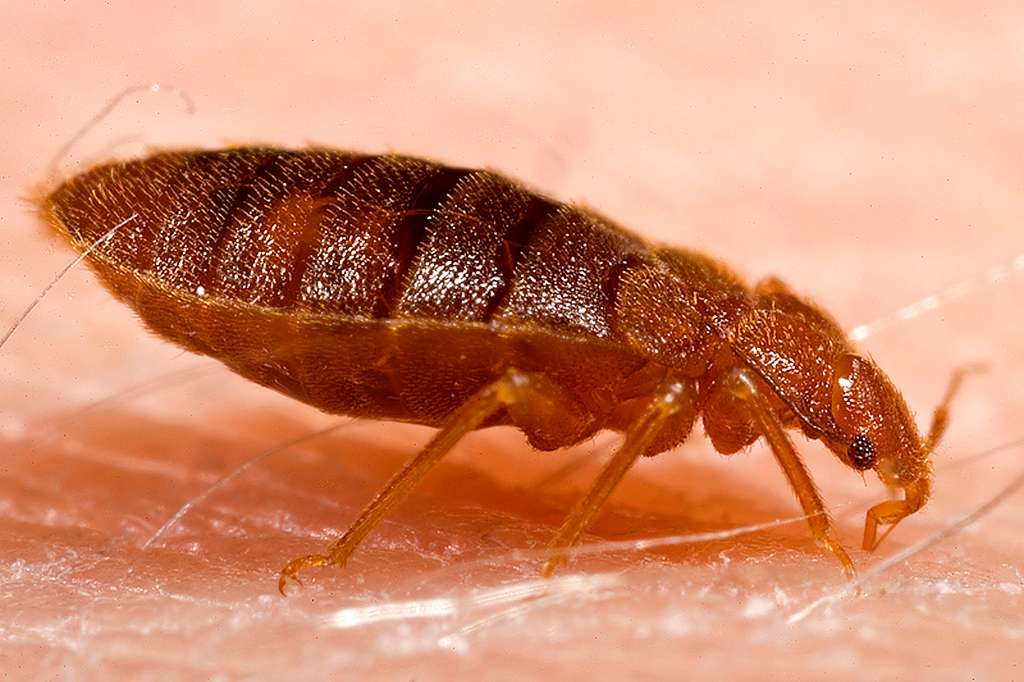
Bed bug infestations have been rising in residences and commercial establishments in recent years. These pests are notoriously difficult to control and eliminate once they become established. Early detection is critical to preventing a bed bug infestation from becoming too large or difficult to manage.
Many things can be done to reduce the risk of bedbugs, including ensuring your home is clean and clutter-free; regular vacuuming and dusting; using encasements for mattresses, box springs, and pillows; and sealing cracks and crevices around baseboards, windowsills, doorways, etc. If you believe you have a bed bug problem, it is important to contact a professional pest control operator for assistance.
Ticks vs. Bed Bugs
There are several key differences between ticks and bed bugs that you should be aware of:
- Ticks are much larger than bed bugs and can easily be seen with the naked eye.
- Ticks are parasites that feed on the blood of their host, whereas bed bugs are not parasitic and do not feed on blood.
- Ticks can transmit Lyme disease to their hosts, whereas bed bugs cannot.
So why are people often confused about whether they have a tick or a bed bug? Both insects can be found in similar environments (e.g., homes, businesses, etc.) and can bite humans. However, some key differences between the two bites can help you determine which insect you’re dealing with.
For example, tick bites tend to be much more painful than bed bug bites. This is because ticks insert their mouthparts into your skin to get a good seal to suck out your blood effectively. On the other hand, bed bugs pierce your skin with their mouths and then withdraw their mouthparts before sucking out your blood; this causes less pain overall.
Another difference between these two types of bites is the size of the resulting red welts. Tick bites usually result in large welts (around 5mm in diameter) that are easy to see; bed bug bites often result in smaller welts (around 2mm in diameter) that may be hard to spot unless you’re looking closely. Finally, tick bites typically occur in areas with exposed skin (e.g., ankles, legs). In contrast, bed bug bites often occur on softer surfaces like mattresses or fabric-covered furniture since these insects prefer hiding during the day and coming out at night to feed while people sleep peacefully unaware!
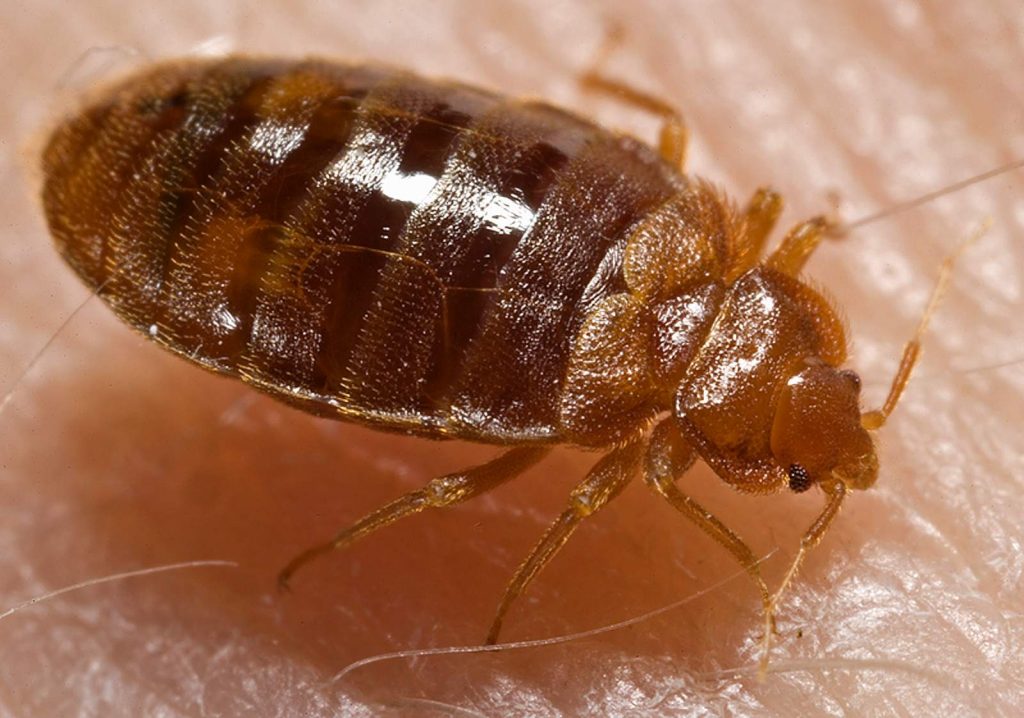
How to Get Rid of Bed Bugs
You can get rid of bed bugs in a few different ways. You can use pesticides, heat your home to kill them, or freeze them.
Pesticides are one of the most common ways to kill bed bugs. Several pesticides kill bed bugs, but you must be careful when using them. Pesticides can harm humans and pets if they are not used properly. Please read the instructions on the pesticide label carefully before using it.
Heating your home is another way to kill bed bugs. You need to raise the temperature in your home to at least 113 degrees Fahrenheit for several hours to kill the bed bugs. This method is effective, but it can be dangerous if you don’t take proper safety precautions. Make sure that all people and pets are out of the house before you start heating it, and ventilate the house well afterwards, so it doesn’t get too stuffy inside.
Freezing is another option for killing bed bugs. It would help if you lowered the temperature in your home below 0 degrees Fahrenheit for several hours to kill them. This method is also effective, but like heating, it can be dangerous if not done correctly. Again, ensure that all people and pets are out of the house before starting and ventilate afterwards so it doesn’t get too cold inside.
Early Signs of Bed Bugs
One early sign of bed bugs is the presence of small, brownish-red spots on sheets or furniture. These spots are bed bug droppings and may be one of the first things you notice. Other signs include:
- Blood stains on sheets or other fabrics.
- Small, brownish moltings (exoskeletons) from recently hatched nymphs.
- A sweet, musty odour.
If you suspect you have bed bugs, look for these signs around your sleeping area. Check for them in any cracks or crevices in the room, as well as on upholstered furniture and behind baseboards.
How to Check for Bed Bugs
If you think you might have bed bugs, you should first notify your landlord or property manager. They will help you determine if there is an infestation and can guide you on how to get rid of them. If you confirm that you have bed bugs, you can do a few things to get rid of them yourself.
- Clean your bedding, including sheets, blankets, pillows, and comforters. ‘
- Wash these items in hot water and dry them on the highest heat setting possible. This will kill any bed bugs or eggs hiding in your bedding.
- Next, vacuum your entire bedroom thoroughly.
- Pay special attention to cracks and crevices where bed bugs like to hide.
- Once you’ve vacuumed the room, seal the bag and dispose of it immediately, so the bed bugs don’t have a chance to escape back into your bedroom.
Now it’s time to focus on getting rid of any remaining bedbugs. Begin by spraying a fine mist of rubbing alcohol over all surfaces of your mattress and box spring. Then, using a cotton ball dipped in rubbing alcohol, wipe down each leg of your bed frame and any other furniture in the room that may be infested. Finally, sprinkling diatomaceous earth around the perimeter of your room will help keep new bedbugs from moving in.
Bed Bug Exterminator
If you’re dealing with a bed bug infestation, you will want to call in a professional exterminator. A bed bug exterminator will have the experience and knowledge necessary to eliminate your bed bug problem. Here’s what you need to know about finding a qualified bed bug exterminator.
The first thing you’ll want to do is make sure that the exterminator is licensed and insured. This will protect you in case anything goes wrong during the extermination process. You’ll also want to ask for references from past clients. This will give you an idea of what to expect from the exterminator.
Once you’ve found a qualified bed bug exterminator, they will likely start by inspecting your home. They’ll look for bed bugs, such as blood stains on your sheets or moulted skin around your mattress. They may also use a thermal scanner device to find hidden pests.
After the inspection, the exterminator will develop a treatment plan specific to your situation. This may involve using pesticides or heat treatments to kill the bugs and their eggs. The goal is to eliminate the infestation so you can sleep soundly again!
Bed Bug Control
To successfully control bed bugs, you need to do three things: identify the infestation, find and treat all of the hiding spots where bed bugs are living, and prevent future infestations.
The first step in controlling bed bugs is identifying an infestation. Bed bugs are small, brown insects that feed on blood. They are experts at hiding and can live in cracks and crevices in walls, floors, furniture, mattresses, linens, and any other item in your home. To confirm an infestation, look for:
- Small brown insects crawl on surfaces or in cracks and crevices.
- Rusty or reddish stains on sheets or mattresses (this is bed bug faeces).
- Eggs or eggshells on surfaces.
- A sweet, musty smell.
Once you have confirmed an infestation, the next step is finding all the places where bed bugs are hiding so you can treat them. Bedbugs typically stay close to their host (a person sleeping in a bed). Still, they can also be found in other parts of a room, including: -In cracks and crevices around headboards, mattress seams, and behind baseboards -Between cushions -Under loose wallpaper.
After finding all the hiding spots where bedbugs may be residing, the third step is treating all of these areas with an insecticide designed specifically for killing bedbugs. Be sure to follow the instructions on the product label carefully so you do not put yourself or your family at risk. If done correctly, this treatment will effectively kill all adult bedbugs and any eggs that may be present.
The final step in controlling bedbugs is preventing future infestations from occurring. This can be done by regularly vacuuming your home, washing your linens frequently, and keeping clutter to a minimum so there are fewer hiding places for bedbugs. It would help to inspect secondhand furniture before bringing it into your home since it could harbour Bedbugs.
Bed Bug Removal
If you think you might have bed bugs, it’s important to act fast. The longer you wait, the more time they have to multiply and spread. And once they’ve taken up residence in your home, getting rid of them can be a long and difficult process.
Bed bugs are small, brown insects that feed on the blood of humans and animals. They’re about the size of an apple seed and can hide in cracks and crevices in furniture, walls, floors, and mattresses. Bed bugs are most active at night when they come out to feed.
If you think you might have bed bugs, look for the following signs:
- Minor stains or dark spots on sheets or pillowcases (this is bed bug faeces).
- Specks of blood on your clothing (bedbugs can leave small blood spots after biting you).
- Tiny black bugs near where you sleep (these could be bed bug eggs).
- Itchy red bites on your skin (bedbugs typically bite people around their ankles or wrists).
Contact a professional exterminator immediately if you see any of these signs in your home. They can confirm if you have bedbugs and help develop a treatment plan to get rid of them.
Bed Bug Removal Quote
If you think you might have bed bugs, it’s important to call in a professional right away. Bed bugs are notoriously difficult to eliminate, and trying to do it yourself can often worsen the problem. A professional can quickly assess the situation and devise the best plan for getting rid of the bed bugs as quickly as possible.
Bed bug removal can be lengthy and expensive, so it’s crucial to ensure that you work with a reputable company. Be sure to ask for references and check online reviews before deciding. It’s also a good idea to get quotes from several companies to compare prices and services.
In most cases, bed bug removal will require multiple treatments. This is because bed bugs are very good at hiding and can be difficult to track down. A professional will be able to target all of the likely hiding spots and make sure that no bedbugs are left behind. This will help ensure that they don’t come back!
Pest Control Companies That Treat Bed Bugs
If you think you might have bed bugs, it’s important to call a pest control company specialising in treating them. Bed bugs are challenging to get rid of on your own, and using the wrong methods can make the problem worse.
Some pest control companies will treat your home for bed bugs even if you don’t have any visible bites or signs of infestation. They may do this because bed bugs are often hard to find, and it’s better to be safe than sorry. Other companies may only treat homes that have visible signs of infestation.
Before calling a pest control company, it’s a good idea to research the different treatment options available. You may also want to ask friends or family members if they’ve ever had to deal with bed bugs before and if they have any recommendations.
How to Prevent Ticks on Humans Naturally
You can do several things to prevent ticks on humans naturally.
- Try to avoid areas where ticks are known to live. This includes wooded areas with lots of leaf litter and tall grasses. If you must go into these areas, wear long pants and a long-sleeved shirt to keep them from getting on your skin.
- Use natural repellent on your skin. This could be something like lemon eucalyptus oil or cedar oil. You can also find commercial repellents that contain these oils. Apply the repellent to all exposed skin, and reapply it often according to the instructions on the package.
- Do a full-body check for ticks after you come indoors. Pay close attention to any areas where clothing fits snugly against your skin, such as the waistband of your pants or the collar of your shirt. Use a mirror if necessary to get a good look at all parts of your body. Remove any ticks you find right away using tweezers.
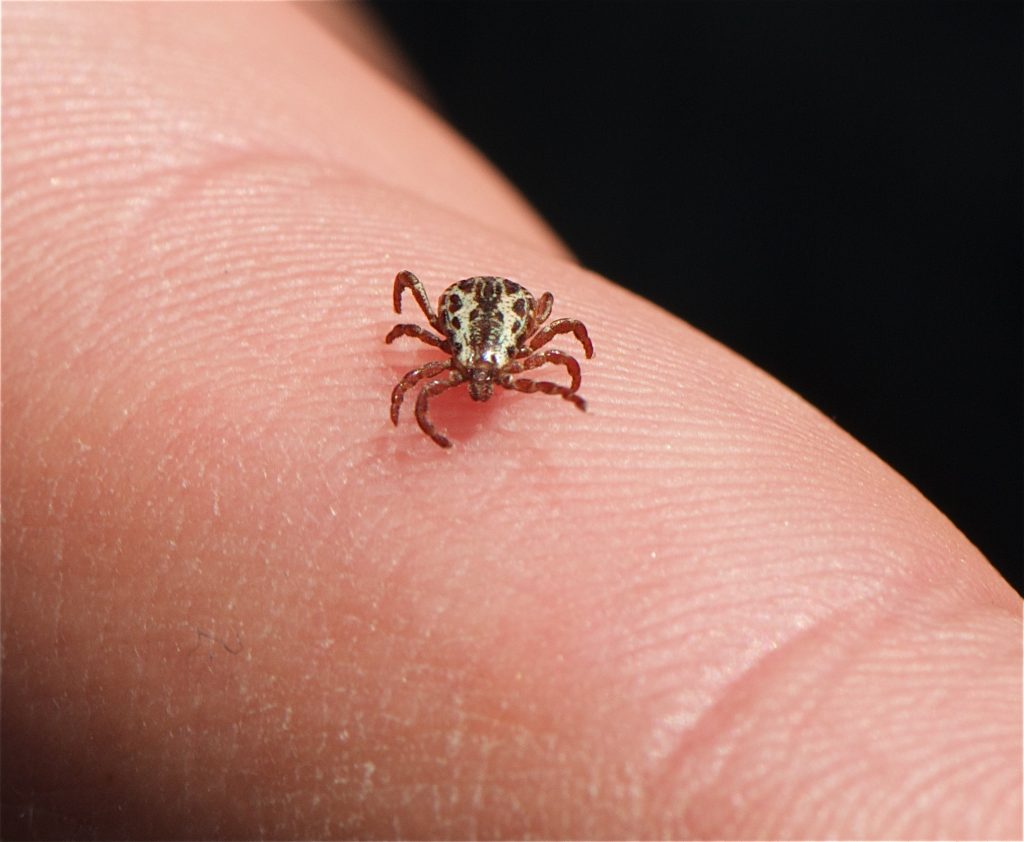
How to Check for Ticks
Inspect your body for ticks after being outdoors, even if you don’t feel them crawling on you. Ticks are often found around the waist, armpits, and hair. Use a hand-held or full-length mirror to check all parts of your body for ticks.
If you find a tick, there’s no need to panic. There are a few different ways to remove a tick, but it’s essential to do it properly to avoid infection. The first step is to clean the area around the bite with rubbing alcohol or soap and water. This will help prevent infection if the tick is carrying bacteria.
Once the area is clean, you can use tweezers to remove the tick by gripping it as close to the head as possible and gently pulling it straight out. If you don’t have tweezers, you can use a credit card or other thin, blunt object to scrape the tick off your skin. Be sure not to crush the tick, which could release harmful bacteria into your bloodstream.
After removing the tick, wash your hands and disinfect the area with rubbing alcohol, soap, and water. You can also save the tick in a jar or sealed bag so that it can be tested for diseases if you start to experience symptoms in the next few weeks.



